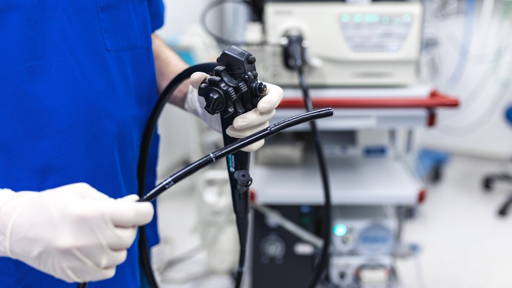A research team at Stanford University has achieved a major breakthrough in the development of brain-computer interfaces (BCIs): for the first time, they have succeeded in decoding inner speech, the silent, internal voice with which people speak in their minds, in real time with 74 percent accuracy. This innovation offers promising prospects for people with severe speech and motor impairments, such as patients with ALS or brain stem injury.
Traditional BCI systems are already capable of converting this “inner speech” into text. This is even possible when speech is no longer physically possible. These systems use implants in areas of the brain involved in motor function or speech production. The user tries to speak aloud, and the BCI converts the corresponding brain signals into words. Although this approach is considerably faster than alternatives such as eye-tracking systems, it remains an intensive process for people with limited muscle control. Researchers at Stanford wondered whether it would be possible to go one step further: decoding speech without any physical action, based purely on inner speech. The findings of their research were recently published in Cell.
AI deciphers thoughts
Four participants with complete paralysis had microelectrodes implanted in the motor cortex, a brain area active in speech production. Participants were asked to try to say certain words aloud, but also to say them only in their minds. The neural data released during this process was used to train an AI model.
Although inner speech generates weaker brain activity than actual speech attempts, the neural patterns proved to be sufficiently recognisable. In a proof-of-concept, the system was able to decode imagined sentences from a vocabulary of 125,000 words with 74 percent accuracy.
Inner speech on command
A notable addition to the research is a security mechanism that allows users to activate the decoding of inner speech with a password of their choice. In the experiment, participants used the phrase ‘chitty chitty bang bang’ as the activation code. The system recognised this “thought password” with over 98 percent reliability, indicating the possibility of safely and consciously controlling inner speech selection.
In addition, the team demonstrated that inner speech and speech attempts generate subtly different neural patterns. This insight enables BCIs to distinguish between the two states and thus translate only desired communication.
Natural interaction for everyone
Although decoding free inner speech currently has limitations, the researchers emphasise that faster hardware, more sensitive sensors and improved algorithms could greatly improve this in the near future.
‘For people who are completely unable to speak, this research brings us one step closer to fluent, natural communication through thoughts,’ says senior researcher Frank Willett. ‘The future of speech BCIs lies in technology that feels like a normal conversation.’ This innovation opens the door to a new generation of speech interfaces, allowing people with severe disabilities to regain their voice, and their autonomy, purely by thinking.
In 2023, we reported on how AI and Bmi can help paralyzed patients to regain the ability to speak. Scientists developed and trained artificial intelligence algorithms to interpret these brain signals. Ann repeated words from a 1,024-word dictionary until the AI system accurately correlated electrical signals with words, or more precisely, phonemes (subunits of words). This approach significantly sped up speech interpretation, allowing the system to recognize 80 words per minute.









